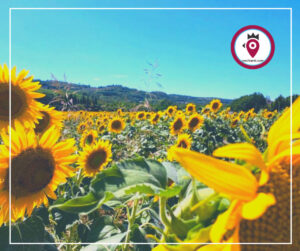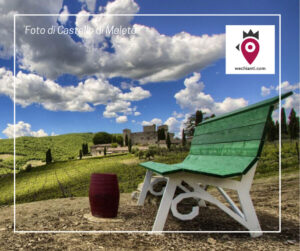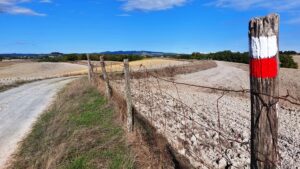Articolo disponibile anche in: Italian
A research centre on landscape will be set up in Florence, in the Medici villa at Careggi, a UNESCO World Heritage Site owned by the Regione Toscana and currently under restoration.
This was announced by the vice president and councillor for culture and university, Monica Barni: this Tuscan project is linked to the FAO program on ‘Globally Important Agricultural Heritage Systems’ (Giahs), and on an international Masters degree, that will train managers on how to preserve and manage enlisted sites, with an eye to possible economic development.
A program of studies which is unique in the world, and will have a seat in the city of Florence.
Tuscany is the perfect location for an innovative landscape research centre. “Our region – recalls the councillor – has adopted a law for the protection of its landscape since 2014”. The centre will see the collaboration of the Regione Toscana and the University.
“We’ll soon be signing the protocol – explains Barni – and the most important feature of this project is that agronomists and historians, art historians, economists and jurists will collaborate, with a multidisciplinary approach, using very different methodologies, perspectives and analysis tools. This kind of holistic approach is also shared by Giahs and the Tuscan Masters degree, funded with two million euros by the Ministry of Foreign Affairs Cooperation Agency, with the support of the Regione Toscana and the FAO “.
During the course of the first year, there are going to be two areas of study: one will focus on identifying sites to be protected around Tuscany and Italy, places where the environment has been shaped by human work, culture and tradition. The second study program will train personnel to manage these sites elsewhere.
Joining the FAO world heritage is somehow the equivalent of being enlisted in the UNESCO sites.
Today there are 57 FAO protected sites around the world, distributed in twenty-one different countries.
Two are in Italy – the Soave vineyard hills in Veneto and the centuries-old olive trees between Assisi and Spoleto; but there are 126 potential sites to be added to the list, 9 of which are in Tuscany.
Among these we find the terraced vineyards in Lamole, in the municipality of Greve in Chianti. While over the years they had been encroached on by the woods, now they’ve been rediscovered and preserved.
Then there are the centuries-old chestnut groves of Moscheta, and the polyculture of Trequanda (all three are already registered in the national register of rural historical landscapes), the Biancane in Val d’Orcia, the monumental chestnut groves of Scesta, the hill of Fiesole, and Montalbano in the area of Larciano. But also the fir trees of the monastic forestry of Vallombrosa or the Sienese mound of Spannocchia.
An agricultural system must comply with these five criteria in order to be Giahs certified: guaranteeing food safety while providing high quality food, protecting agro-biodiversity, safeguarding traditional knowledge, promoting cultural and social values, and preserving the traditional landscape.


